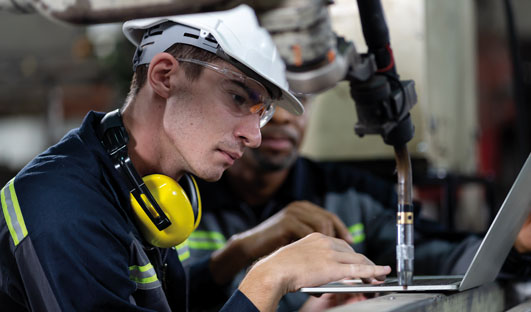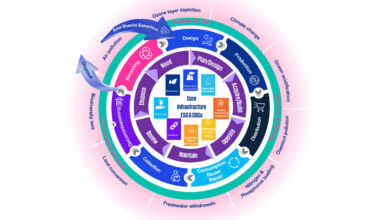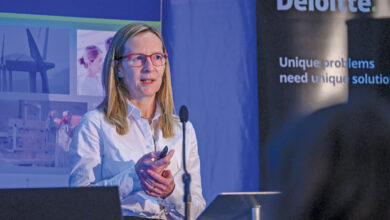Mid-West Regional Enterprise Plan: A connected jobs strategy for Limerick

A connected jobs strategy, targeting Limerick’s unemployment blackspots, will form part of wider plans to develop social enterprises and job creation initiatives for areas of high unemployment in the mid-west.
Launched by the Department of Enterprise, Trade and Employment in February 2022, the Mid-West Regional Enterprise Plan to 2024 includes tackling areas of high unemployment as one of its five strategic objectives, alongside: digitalisation and innovation; sustainability; enterprise in regional towns and rural areas; and supporting SME, start-ups, and microbusinesses.
Limerick city contains eight of the top 10 nationally identified high unemployment blackspots. The 2016 Census identified 23 electoral areas within the mid-west, where unemployment levels were greater than 27 per cent, 17 of which were in Limerick city.
As part of the Government’s wider €180 million plan to support and boost enterprise, skills, and employment in the region through the Mid-West Regional Enterprise Plan, a proposed connected jobs strategy for Limerick’s unemployment blackspots is aimed at establishing dedicated supports to build on existing initiatives and “ensure a connected approach is being taken to reduce unemployment”.
Five pillars, required to operate in parallel, will make up the connected approach:
Firstly, engagement with local communities to develop solutions to long-term unemployment will be required, recognising that each community faces different challenges, and some will require support to establish strong community groups, with an employment focus.
Secondly, a ‘pathway to employment’ is to be developed to support those seeking employment, with a focus on regeneration areas. Already established in the north side of the city, current roll out to the south side will target industries where opportunities exist, identifying employment opportunities and providing skills training. The Government says that industry-led traineeships and/or apprenticeship type models will also be utilised.
Thirdly, recognising staff shortages in key industries such as hospitality and construction, the strategy identifies not only an opportunity for the unemployed to join the workforce but also for employers to contribute positively to their community. A connected jobs strategy aims “to develop linkages whereby local employers can better connect with long-term unemployed or unemployed youth from some of the region’s unemployment blackspots to understand the challenges faced, develop suitable job opportunities, and work together with employees and local supports to ensure the best chance of success”.
Fourthly, in recognising the importance of mentoring and support, the strategy says that mentor supports will be initiated from the pre-employment stage onwards, a structure that is considered vital to bring the most difficult to reach participants “to the employment baseline”.
Finally, the strategy will assess the physical infrastructure requirements to support the existing strengths and preferred jobs for regeneration areas, bringing forward future funding submissions.
Earmarked for completion by Q4 2024, the delivery of a connected job strategy within the wider Mid-West Regional Enterprise Plan is to be led by Limerick City and County Council.
Outside of the connected job strategy, the wider objective to develop social enterprises and job creation initiatives for areas of high unemployment, the Mid-West Regional Enterprise Plan also aims to build on the region’s status as a national leader in the development and delivery of social enterprise support. Additionally, they plan sets out ambitions to establish a multi-functional Creative and Innovative Industries Centre of scale at Limerick Enterprise Development Partnership (LEDP). Expected to create 200 jobs over five years, with a target of 20 per cent from the local regeneration area, the plan says the project “will enhance the vision for the mid-west region to be recognised as the most equipped region in Europe for complete film production facilities”.





